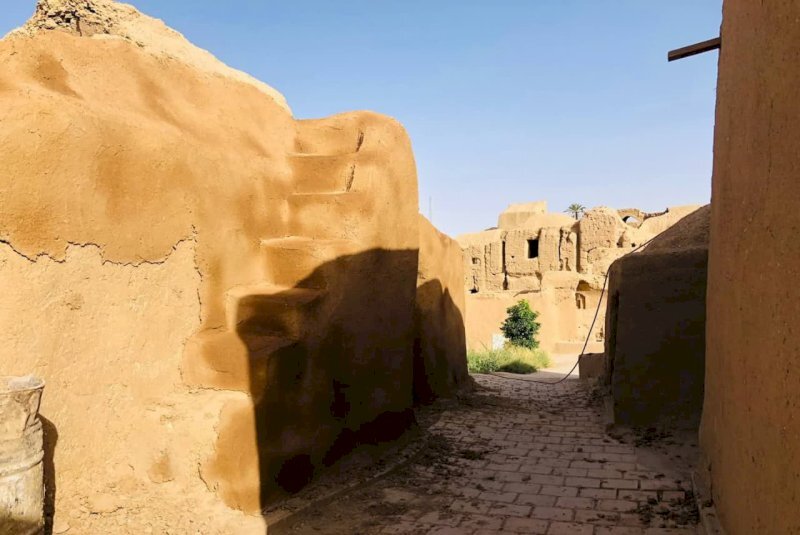Tiny historical village in eastern Iran undergoes restoration

TEHRAN – The historical texture of the small village of Esfahak in South Khorasan province, eastern Iran, has undergone some rehabilitation works, a local tourism official has said.
Repairing rooftops of some houses, strengthening the walls, and replacing worn-out materials are parts of the restoration project, Mohammad Arab explained on Monday.
The historical texture of the village, which has been inscribed on the national heritage list, could turn into a tourist destination, the official added.
Home to thousands of ancient villages, Iran perfectly suits the tastes of many domestic and even international vacationers who are seeking unique natural experiences, and unspoiled landscapes, stay in authentic accommodation, and feel local lifestyles.
Sightseers may stop for a rest with a rural or nomadic family for a while or enjoy an independent stay and assist them with day-to-day life. It also opens up an opportunity to feel rustic routines, agriculture, traditions, arts, and culture whose magic know-hows passed down from generation to generation.
When it comes to rural tourism, Iran, which has many pristine yet diverse natural settings, has many to offer to nature lovers. Rural tourism as well as agritourism and farm stays can be regarded as a win-win both for local communities and post-modern travelers who are tracing unique experiences.
Rural tourism, most of all, sets the ground for economic development in rural areas by creating additional income and employment. It can also improve the social well-being in rural areas, for instance by stimulating improvements in infrastructure, sanitation, and electricity networks.
The World Tourism Organization sees rural tourism as a type of activity in which the visitor’s experience is related to a wide range of products generally linked to nature-based activities, agriculture, rural lifestyle, culture, angling, and sightseeing. Such tourism also possesses characteristics such as low population density, a landscape dominated by agriculture and forestry, as well as traditional social structure and lifestyle.
Located in eastern Iran, South Khorasan is home to many historical and natural attractions such as Birjand Castle, Dragon Cave, Furg Citadel, and Polond Desert.
The province is also known for its famous rugs as well as its saffron and barberry which are produced in almost all parts of the province.
ABU/AM
Leave a Comment